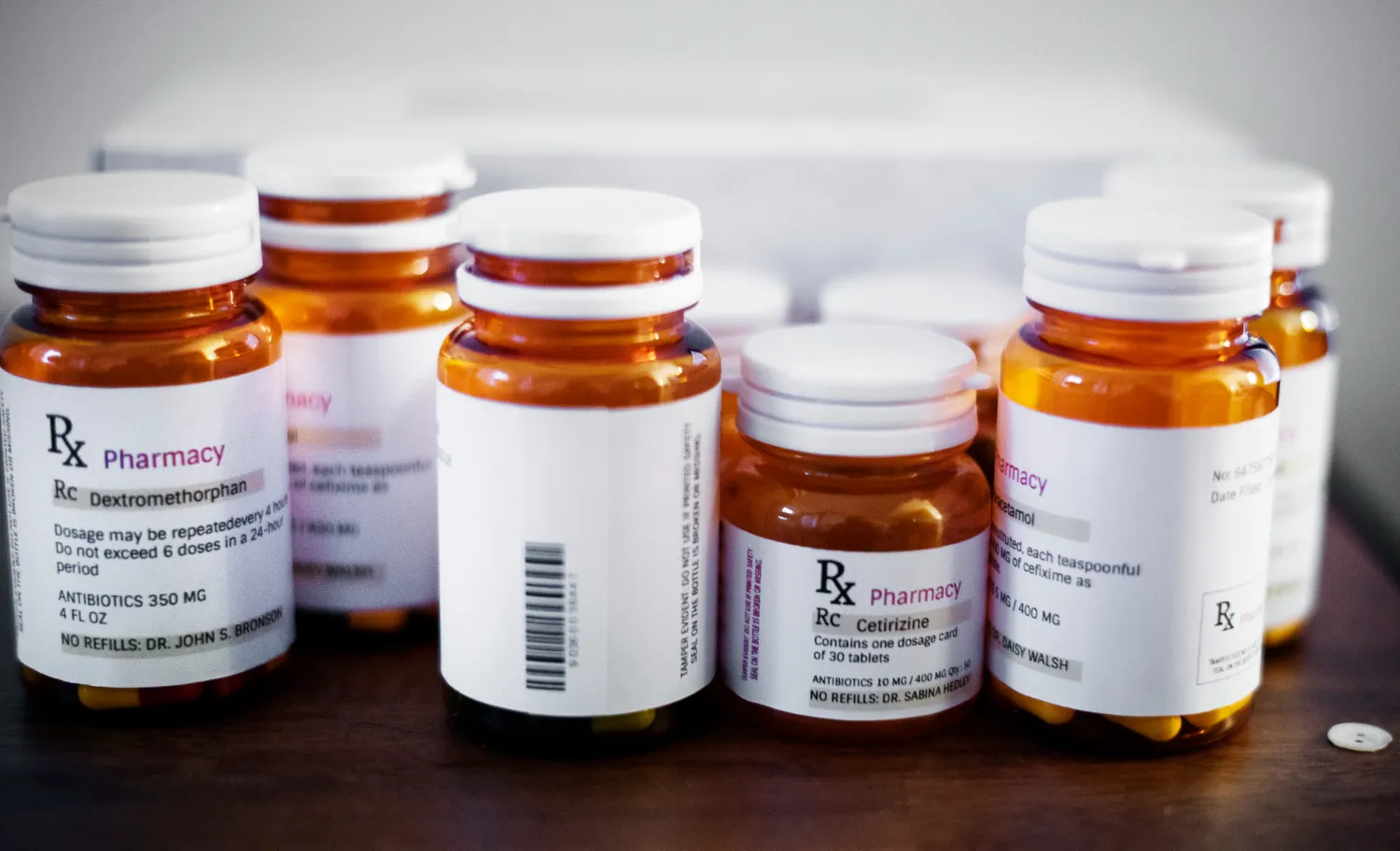Preventing "Grey Market" Diversion in EMS

When people hear the term “drug diversion,” their mind often turns to outright theft, like a medic pocketing a vial of narcotics or a supply cabinet that’s broken into after hours. But the reality is that drug diversion isn’t always obvious or dramatic.
A quieter, less obvious form of diversion exists, known as the “grey market.” It’s one of the lesser-known risks in EMS. Here’s what you need to know to protect yourself and your team from liability.
What Does Grey Market Diversion Look Like?
Grey market drug diversion is dangerous because it often doesn’t appear to be criminal activity…at least, not at first glance. This type of drug diversion usually starts with small and subtle gaps. For example, an expired vial that’s held onto “just in case,” an extra dose transferred informally between shifts, or supplies exchanged outside of official channels.
While emergencies may call for quick thinking and workarounds, these seemingly harmless workarounds actually put your team’s safety and compliance at risk. So what exactly is the grey market?
Unlike the black market, where sales and transfers of illegal products abound, the “grey market” refers to the unauthorized resale and transfer of legitimate products. While it may not seem as dangerous as the black market, it still places the exchange outside of unofficial, regulated channels.
It’s important to train your team on what grey market diversion looks like because it often doesn't really feel like they're doing anything illegal. Frequently, it's under the guise of helping a coworker or making do when inventory is low.
Grey market diversion might include transferring unused narcotics to other parties without logging or obtaining the proper authorization. It can refer to buying, trading, or selling controlled substances between individuals. It may also entail holding onto expired medicines as a backup when there are gaps in stock or supplies get low.
Any time someone circumvents official procurement channels to source medication and fails to properly document the exchange, it constitutes grey market diversion. The hard part is that these activities often just feel like workarounds and ways to keep operations smooth, but they can lead to compliance failure, legal consequences, and patient safety risks.
Why Grey Market Diversion Happens in EMS
First responders pride themselves on their integrity, so it may be uncomfortable to consider grey market diversion. But the EMS environment is high-pressure and fast-moving. Resources are frequently limited, and thus, the perfect storm of vulnerabilities is created for grey market behaviors to take root.
There are many common ways that your department can be at risk. One of the biggest issues is with inadequate tracking and inventory controls. Without real-time logging or an audit trail, people are tempted to improvise, even with good intentions.
Humans are also forgetful. When the chain of custody isn’t tracked immediately and in real-time, doses can inadvertently slip through the cracks. Manual systems, such as paper logs and spreadsheets, are relatively easy to manipulate and can be easily misplaced, altered, or ignored.
Having a standardized policy and clear tracking protocols and procedures are the best ways to protect yourself and your team. It's essential to ensure that the information is disseminated across teams and shifts as well. What one crew considers acceptable, another might view as cutting corners.
Even though diversion doesn’t always happen with negative intentions, it still can quickly become a slippery slope. Once the door is open, accountability weakens, and bigger issues can take hold of your team.
What’s the Real Harm of Grey Market Diversion?
Grey market diversion may feel like a technicality or a compliance misstep. Still, it can actually present real and serious consequences for agencies, team members, and the patients that they serve.
The DEA has implemented strict regulations on controlled substances. Tracking and documentation are required during every step of the drug's lifecycle. Failing to complete or submit that documentation can lead to investigations, hefty fines, and loss of licensure.
Beyond the liability and legal risks, there is a serious patient safety risk associated with grey market diversion. Dispensing expired or untraceable medications can put patients in danger. They may receive ineffective or even harmful care.
There’s also the insurance liability and risk exposure for your agency, especially if you depend on public trust. Communities expect first responders to have high standards. Even a small instance of diversion can erode that confidence.
Internally, a lack of documentation can lead to staff division. Informal tracking systems often lead to finger-pointing and blame-shifting. This causes an environment of distrust, problematic as your crew must always work together as a team.
Don’t let a little shortcut spiral into a full-blown crisis.
How LogRx Helps Prevent Diversion
The key to protecting your agency, team, and patients from grey market diversion is to close the gaps. This type of diversion thrives when documentation is weak, accountability is inconsistent, and visibility is lacking.
Fortunately, LogRx offers an ideal solution to address those vulnerabilities with a tracking system designed by first responders for first responders.
LogRx allows for real-time logging of the entire chain of custody. From delivery to administration or disposal, every single dose is tracked with ease and clarity. Because it works from your handheld device, it's simple and user-friendly. There's no equipment or hardware investment required either.
From a diversion-prevention standpoint, LogRx is an ideal solution. The Administrative Portal allows supervisors to track inventory seamlessly; this way, you know when stock is going to expire so you may get it out of the field to prevent it from being used as a “backup.” You can pinpoint any gaps and address issues right away and long before they get out of hand.
The Administrators Portal also offers centralized, secure reporting. Supervisors get visibility across the entire agency. The result is a closed-loop system that stands as a barrier to drug diversion.
The most significant deterrent for diversion is accountability. With LogRx, every action is tied to a specific person or unit. There are no anonymous handoffs. With a quick label scan, each action is tracked and accounted for.
Technology alone can’t fully build a culture of accountability, but it can help. More importantly, it begins the conversation and gives you the tools you need to back up your policies and SOPs around narcotics handling, transfers, and disposals.
Beyond these steps, leadership must be communicative with staff. As rules and regulations shift and change, it's also necessary to engage in ongoing training and staff development. These best practices help foster a culture where medics feel supported and leadership feels informed. LogRx doesn't replace accountability; instead, it empowers it across the team, so diversion has no space to grow.
Grey market diversion thrives in systems with poor oversight and tracking. Embracing transparency and automation can help your agency eliminate any grey areas. LogRx offers real-time tracking to ensure you strengthen anti-diversion protocols to protect your team. Reach out to learn more.











































